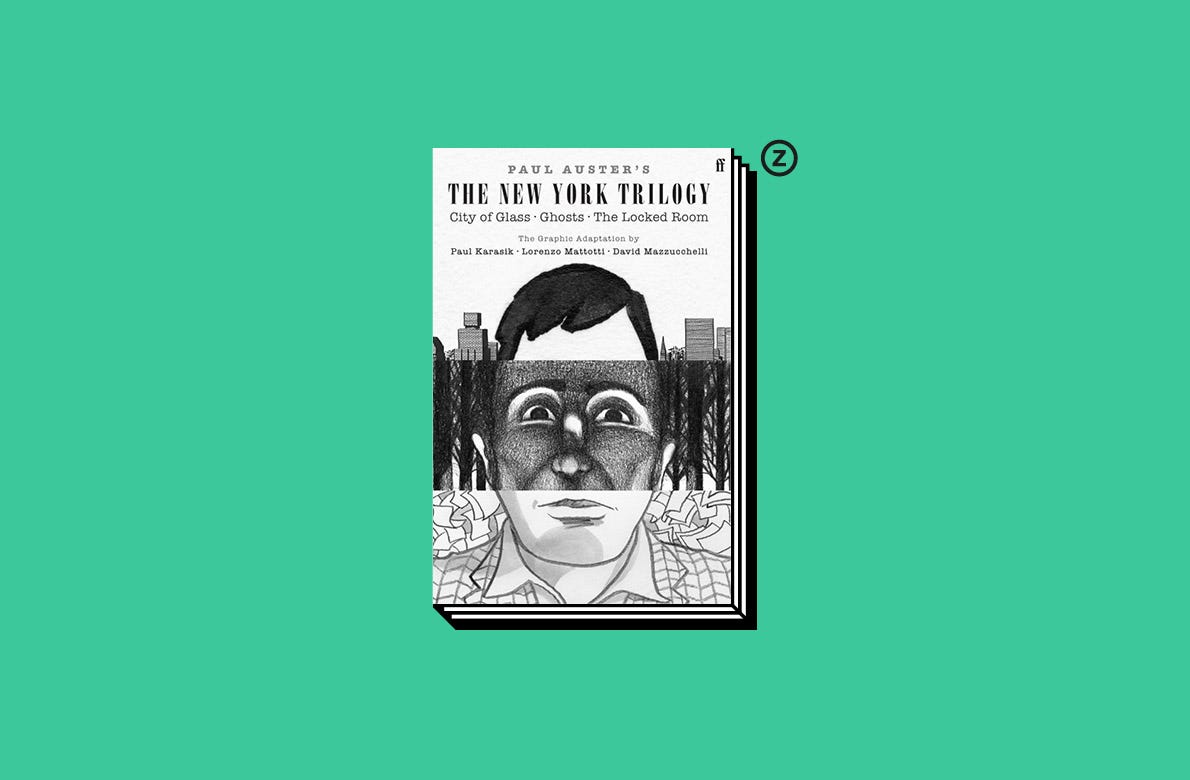It was a flight to Zante that started it...
Thoughts on Paul Auster's The New York Trilogy by Paul Karasik, Lorenzo Mattotti and David Mazzucchelli
My band at the time—inventively called Andy, Glenn and Ritch, featuring Andy, me, and, you guessed it, Ritch—had decided to take a group holiday.
Mother booked it. We were all still inept at the time, and thus we found ourselves in the sleepy resort of Kalamaki on the Greek island of Zakynthos, or Zante.
Highlights as a collective included the lamb chops,…
Keep reading with a 7-day free trial
Subscribe to The Library of Lazy Thinking to keep reading this post and get 7 days of free access to the full post archives.



